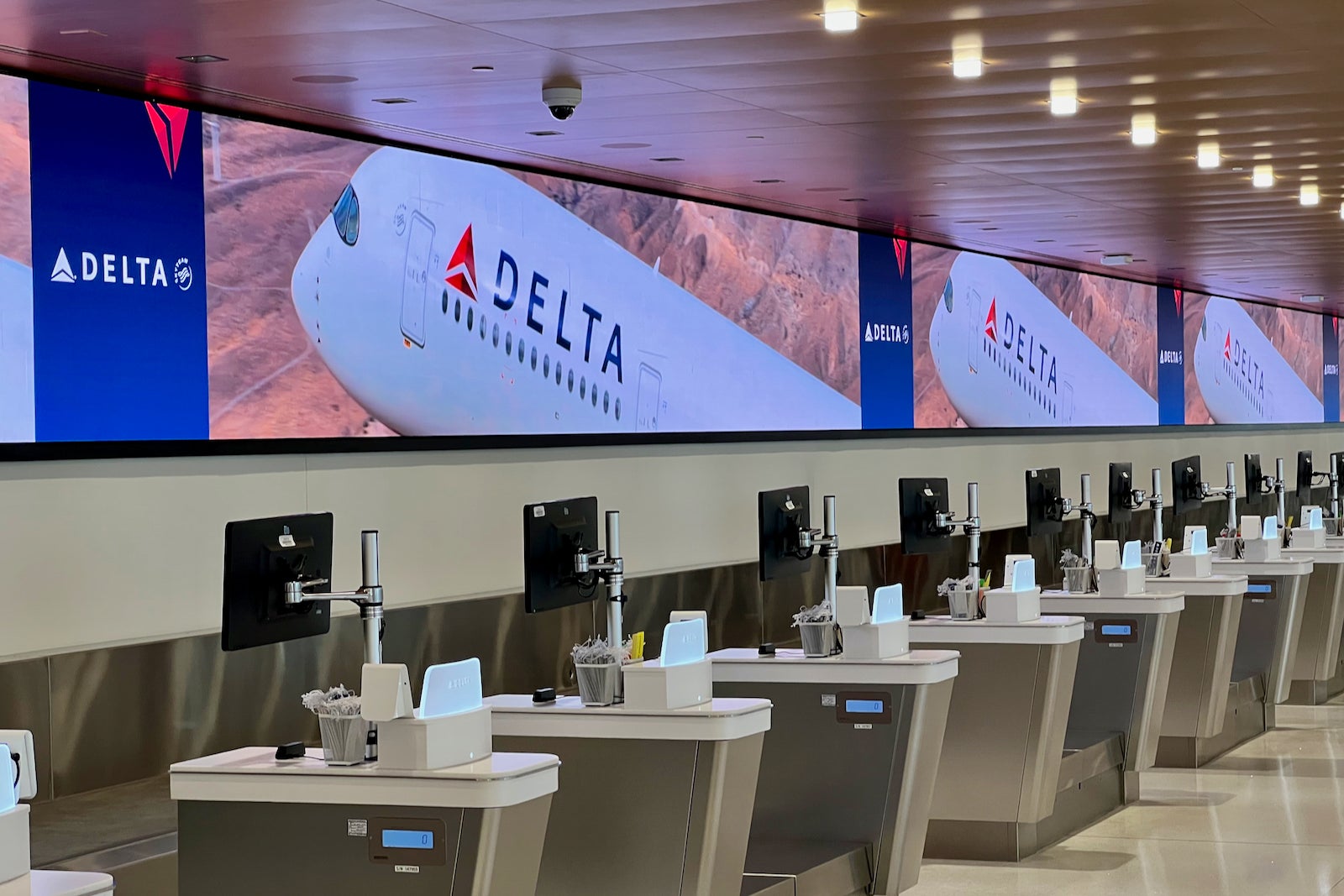
In the never-ending quest to make boarding as efficient as possible, Delta Air Lines has rolled out an updated boarding process.
The Atlanta-based carrier transitioned to boarding by numbered zones as of Wednesday. Delta calls this a “simple change” — the airline isn’t making changes to who is in each group; rather, the updates are just to how the groups are communicated.
The new group numbers have already started rolling out to airports worldwide, and newly issued boarding passes should reflect the updated numbering scheme.
Before this change, Delta boarded its planes with “branded zones,” such as Delta One and Main Cabin 2. Under the new scheme, the airline uses zones 1 through 8 that reflect each of the previous groups.
Want more airline-specific news? Sign up for TPG’s free biweekly Aviation newsletter.
You can find the full breakdown of who is in each group below.
The airline explained this move as a way to streamline the boarding experience.
“Delta believes the move to numbered zones will simplify the boarding process for both our customers and our employees, adding clarity of sequence and improving the overall gate experience,” the carrier shared in a statement with TPG.
Delta’s move might make it easier for infrequent travelers and those who might face a language barrier to understand the airline’s boarding process. Additionally, many of the carrier’s joint venture and international partners use numbered groups for boarding, so this change makes for a consistent experience when flying on mixed-airline itineraries.

Daily Newsletter
Reward your inbox with the TPG Daily newsletter
Join over 700,000 readers for breaking news, in-depth guides and exclusive deals from TPG’s experts
More from TPG: Here are the best credit card welcome offers for May
Interestingly, Delta introduced zone-based boarding back in 2018 as a way to better market onboard products across the entire travel experience. Perhaps the carrier wasn’t happy with how long it’s been taking to board its jets.
It remains to be seen if Delta’s change will make the boarding process any faster, which would help shorten the turn time needed between flights. After all, as any airline executive will tell you, planes don’t make money when they’re sitting on the ground.
That’s why airlines are typically laser-focused on doing whatever they can to trim boarding times. For carriers like Southwest Airlines, an open-seating policy incentivizes customers to board faster and quickly find their preferred seat.
Late last year, United Airlines added a new seventh boarding group to help it save up to two minutes of boarding time for each flight. (American Airlines already has a whopping 10 boarding groups.)
Over the years, we’ve even seen scientists try to “prove” which processes are the fastest and most efficient.
Despite the research, the jury is still out among the U.S. carriers about how to get passengers on the plane as quickly as possible.
Related reading:






